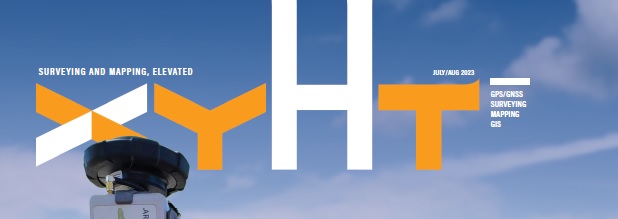Looking Forward
I remember years ago in the dial-up days of the Internet how all the IT people were talking about the coming “information superhighway” that would change life as we know it. And, as much as simple minds like mine couldn’t fathom it, they were right. Information came at us like a Porsche convoy on the Autobahn.
And for a few years we were flabbergasted by the growing amount of information literally at our fingertips.
Most highways eventually become insufficient; too many cars (or, in the case of the information superhighway, too much data) and flow bogs down. So, we expand our highways, which, as it turns out, is easier to do in the digital world. And now the information superhighway is to the digital world what the plank road is to the built world. There are no clever names for the transfer of information at this point, but it would probably be equivalent to an intergalactic warp-speed highway.
All this flow of information and data has led to many great things, including the development of geographic information systems. With data flowing so freely and instantaneously the geospatial world is able to compile so much data that we can map air quality almost street by street in our major cities; we can pinpoint rural community medical centers in Third World countries and have much-needed medical supplies delivered by drones and we can help city residents find cooling-off spots during heatwaves.
The applications are almost unlimited, and in this month’s GIS issue, we highlight several ways the intergalactic warp-speed highway is making the world a better place.
I hope you enjoy reading.

